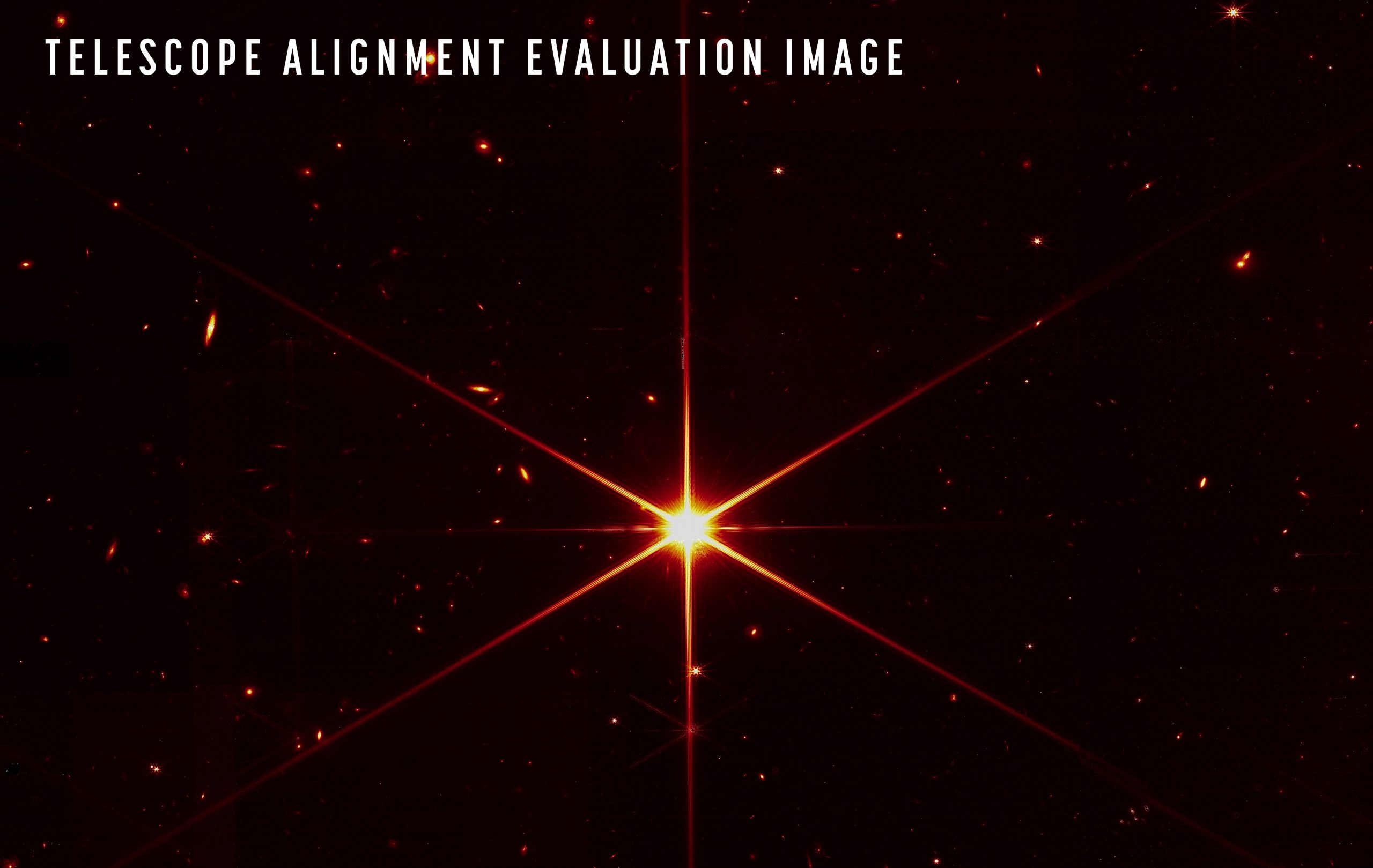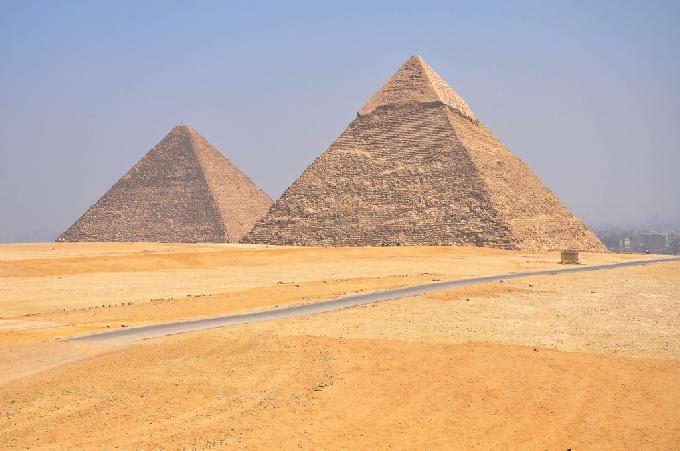India has achieved a significant milestone today, August 23, 2023, by successfully landing its Chandrayaan-3 spacecraft on the Moon’s south pole. This achievement comes just days after the unfortunate crash of the Russian Luna-25 probe in the same region.
The rough terrain and permanently shadowed craters at the Moon’s south pole make it a challenging place to land a spacecraft. However, this region’s water ice holds the potential to provide essential resources like fuel, oxygen, and drinking water for upcoming missions.
This achievement made India the first to land in the lunar south pole region. India is now only the fourth country to have successfully landed a spacecraft on the Moon, after the United States, the former Soviet Union, and China.
In 2019, a similar mission failed at the last minute because of a software issue. But the mission successfully put a spacecraft in orbit around the moon that has been mapping the lunar surface in the years since.
India’s Chandrayaan-3 mission was a low-cost mission.
India’s Chandrayaan-3 mission had a budget of approximately US$74 million, significantly lower than similar missions by other countries. As a point of comparison, NASA’s Artemis program, aimed at returning humans to the Moon by 2025, has an estimated budget of around $28 billion.
ISRO managed to reduce costs for Chandrayaan-3 by employing less powerful rockets.
The GSLV Mk III rocket that launched Chandrayaan-3 is not as powerful as the Saturn V rocket that launched the Apollo missions to the Moon. However, ISRO mitigated this by orchestrating multiple Earth orbits to accumulate velocity before setting course for the Moon.
India is set for a dynamic decade of space exploration.
The Indian Space Research Organisation (ISRO) is now planning to launch a number of ambitious missions in the coming years. One such mission is ‘Gaganyaan’, a manned lunar expedition anticipated to be launched by 2030.
Additionally, India is preparing for the Aditya L-1 mission, which plans to study the sun. The country will also launch a second Mars orbiter mission. The first Mars mission, Mangalyaan, was the first spacecraft to enter Mars orbit in 2014 on its maiden attempt.







